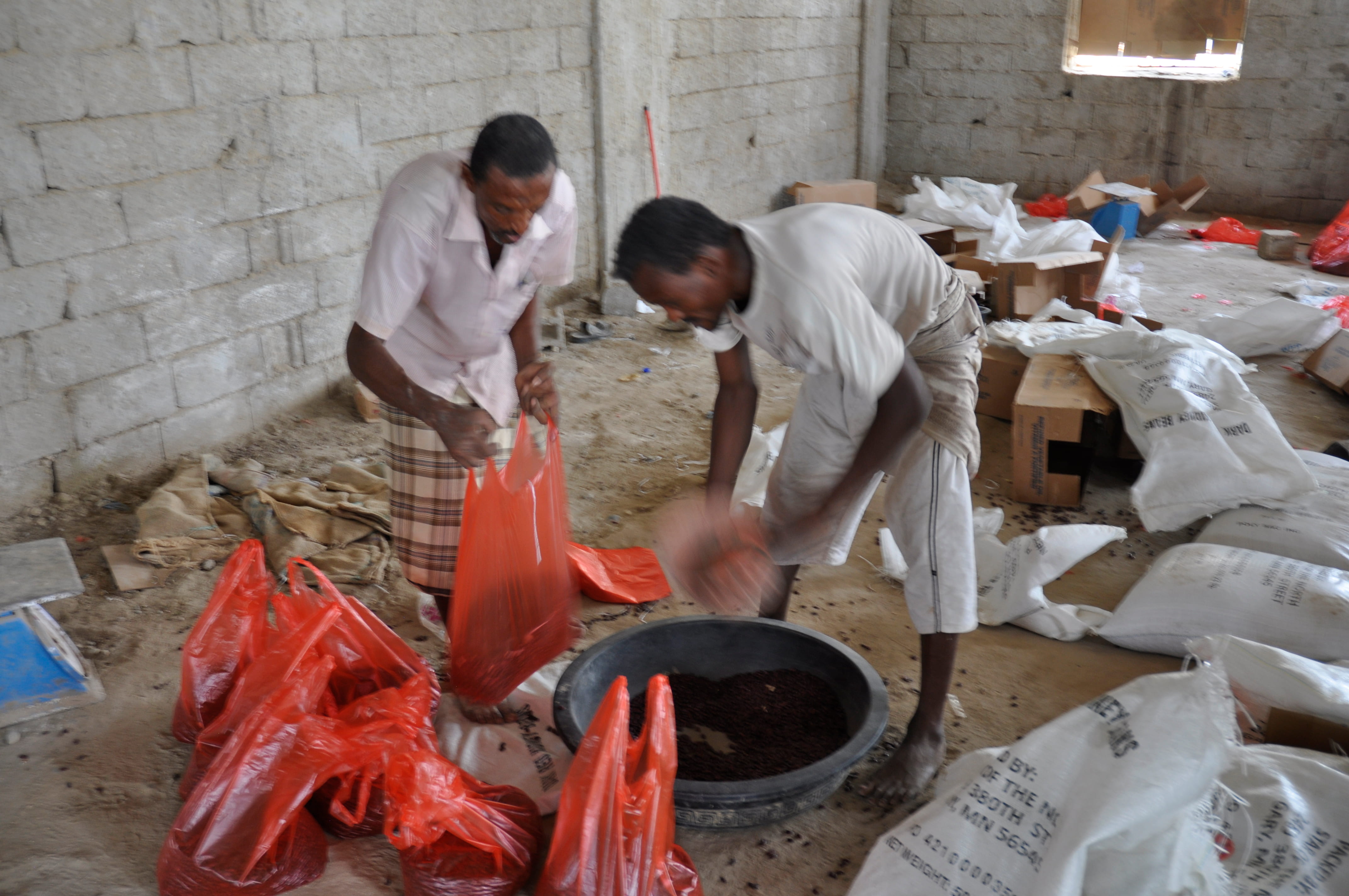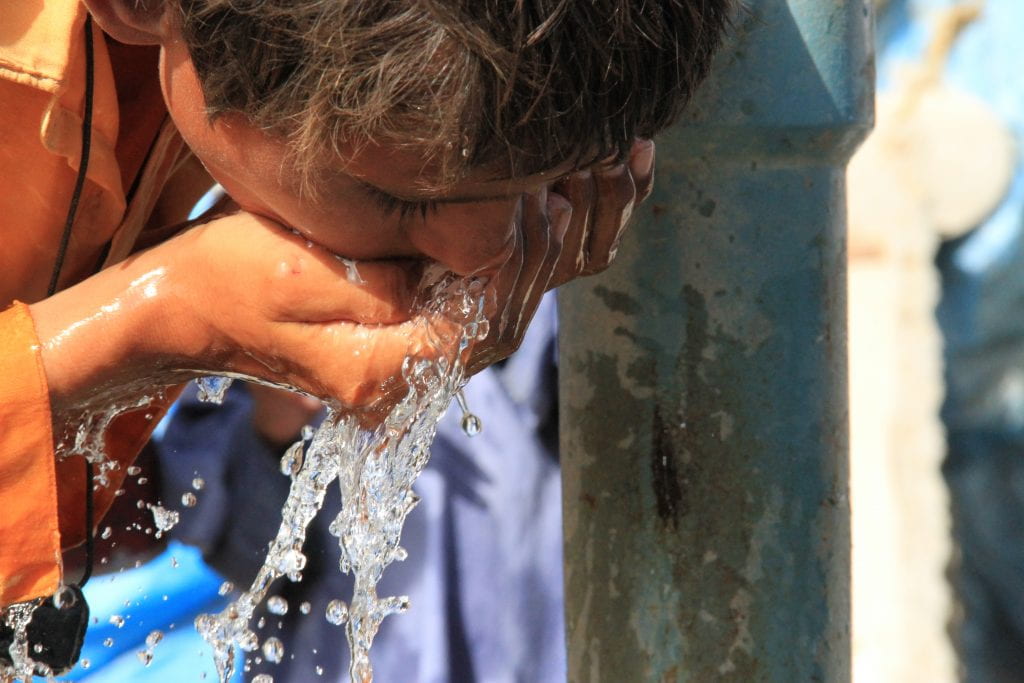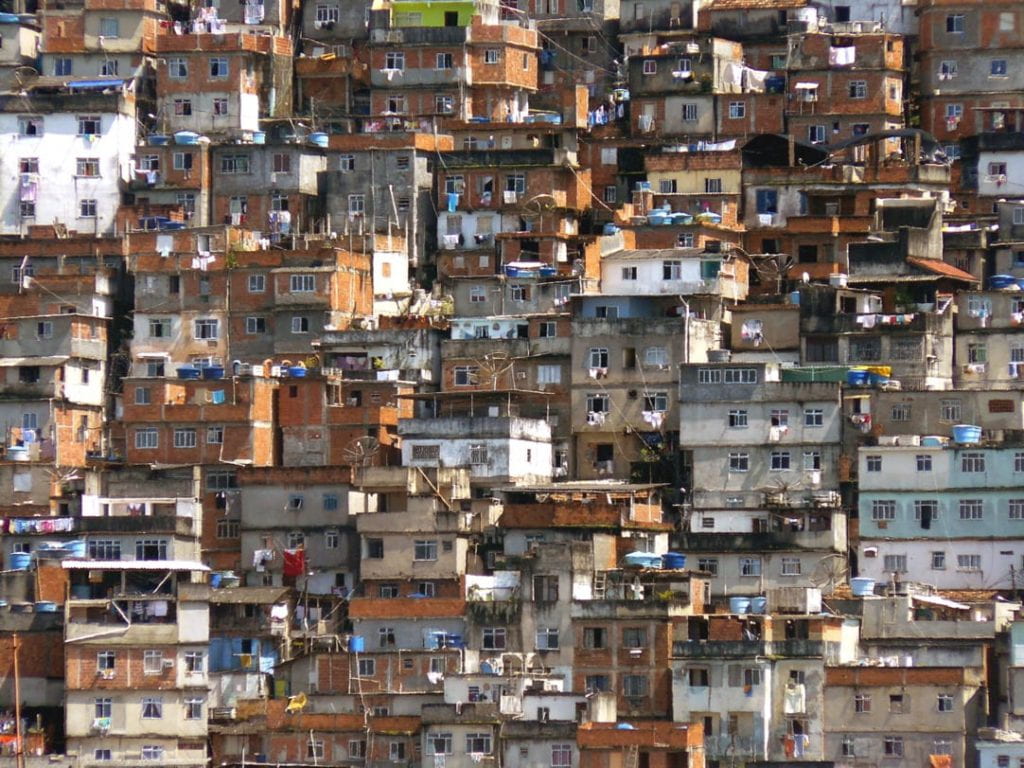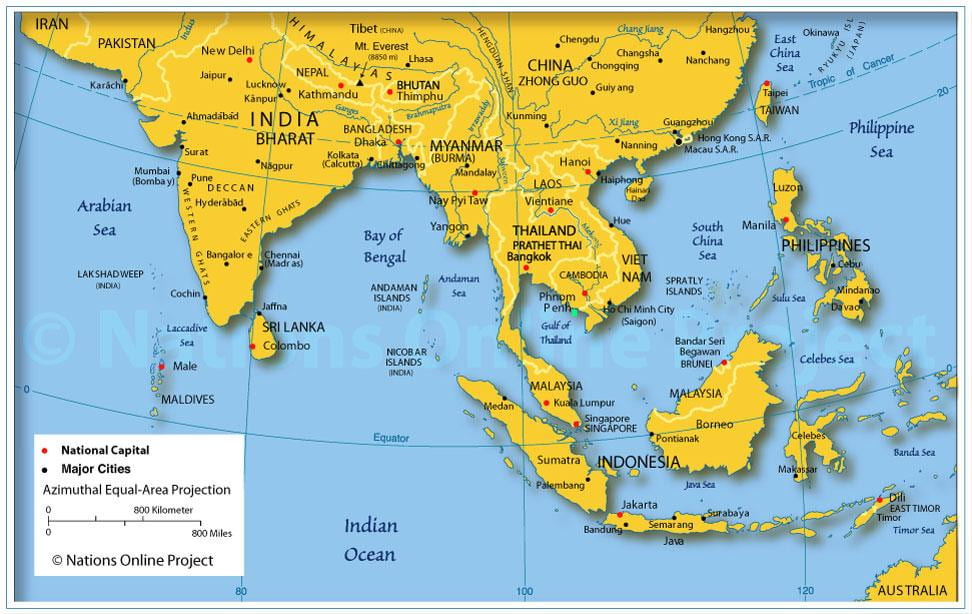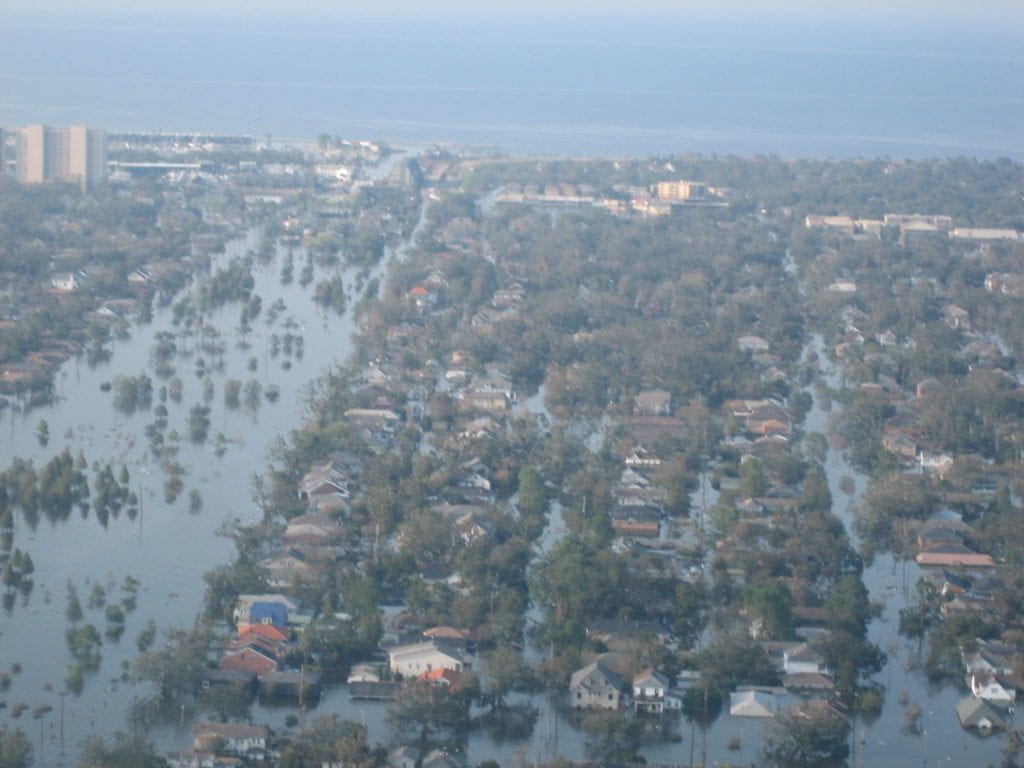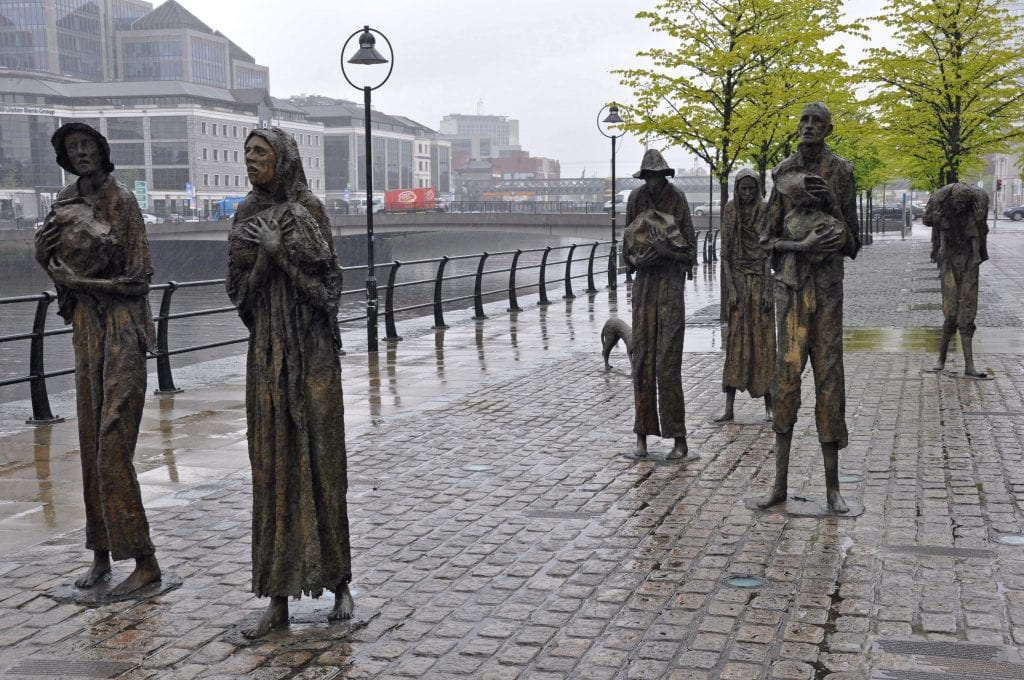by Nicole Allen and Pam Zuber
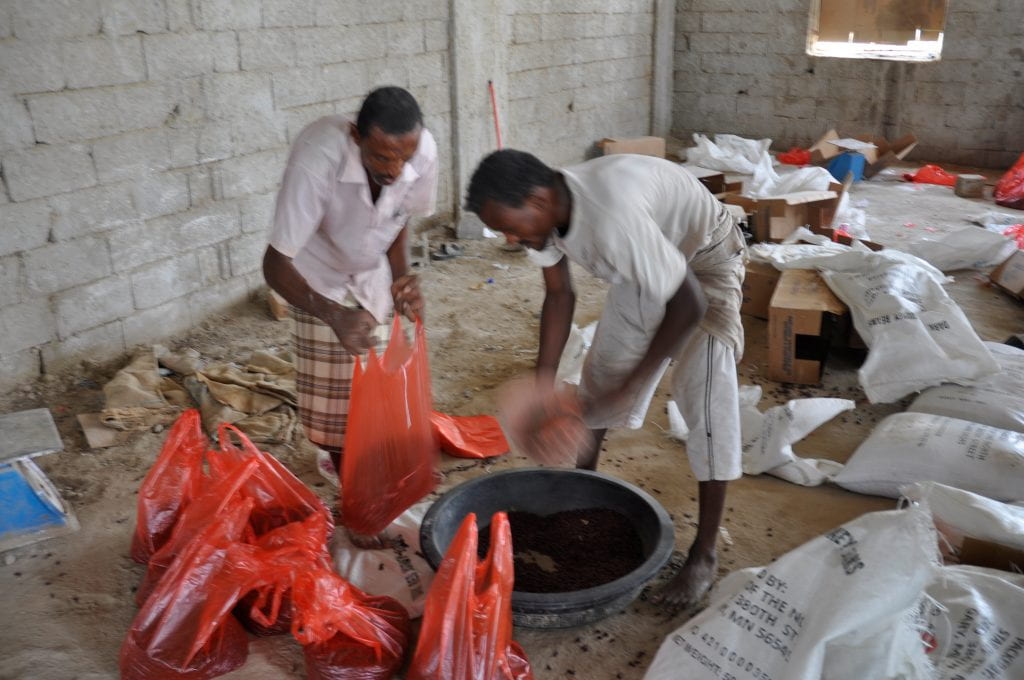
Famine and other types of food insecurity are problems in several ways. A chronic and widespread lack of food is not only harmful to people’s health but can produce other repercussions. Unfortunately, we are witnessing many of these short- and long-term repercussions of famine and food insecurity in several areas of the world.
Yemen
Yemen is a country in the throes of a vicious civil war. Like other countries experiencing such strife, it is experiencing food insecurity as well. People who experience food insecurity do not have consistent access to nutritious, affordable food. Yemenis truly do not have physical access. Experts estimate that Yemen imports 90 percent of its food, but the civil war has closed the country’s airports to civilian flights, blocked its seaports, and created dangerous conditions within the country. Even if food becomes available, many impoverished Yemenis cannot afford it. Saudi Arabia invested billions in Yemen in early 2018 to reinforce the latter nation’s economy and the riyal, its unit of currency, but the economic status of Yemen remains precarious.
Malnutrition causes other problems. Malnourished people are susceptible to disease that requires medical intervention, and this has been the case in Yemen. The country has experienced cholera and meningitis outbreaks. These diseases can create even more malnutrition. Thus, Yemen is battling a vicious cycle of malnutrition and disease. There is another, less-discussed but still significant factor that also contributes to problems in the country: drug use. Many in the country use a drug called qat (also spelled khat). Users say the drug enhances strength and virility, which is why military leaders allegedly give it to child soldiers. Users also say it suppresses the appetite, which could make qat attractive in a country experiencing food instability. Given qat’s popularity, it is also big business for the people who grow and supply it. Qat is profitable, which could encourage people to grow and sell it instead of other crops that could feed Yemenis. But, as with any drug, struggles for control over the qat market could provide dangerous, especially in a country already experiencing political instability. The quest for profit might come before the health, physical safety, and other human rights of Yemenis.
Somalia
Long subject to periods of drought that devastate its food supply, Somalia’s food situation is bleak. According to the United Nations’ World Food Programme: “As of May 2018, 2.7 million people [in Somalia] cannot meet their daily food requirements today and require urgent humanitarian assistance, with more than half a million on the brink of famine. Another 2.7 million Somalis need livelihood support to keep from sliding into crisis. An estimated 300,000 children under age 5 are malnourished, including 48,000 who are severely malnourished and face a high risk of disease and death.” Such drought limits the crops Somalis can grow and shrinks the amount of pasture land they can use for their livestock. It also puts people out of work, preventing them from buying food and other necessities.
What little food and water there is available is a precious commodity in Somalia. People have attempted to control these scarce resources to build and consolidate power, which has sometimes led to violence and tension. People without such resources might be more willing to join violent movements because they feel as if they have no other options. Thus, famine and reduced job prospects might be breeding grounds for violent groups of people who feel as if they have nothing to lose. It could contribute to violence, unrest, and human rights violations, since people may feel that their situations are hopeless and that human life is worthless.
Nigeria
As with other countries on this list, political strife has created considerable food insecurity and other problems in Nigeria. The militant group Boko Haram has been active in northeast Nigeria since the early 2000s. Boko Haram’s name means “Western education is forbidden” in the Hausa language and the group calls for Islamic law (sharia). The group has protested secular Nigerian rule in various ways, most notably by kidnapping several women, girls, and children in a number of separate incidents and by bombing and attacking government and United Nations buildings. Boko Haram has also clashed with government representatives and multinational troops, which has killed several Nigerians, displaced others, and severely disrupted everyday life in the African nation: “[I]t is likely that significant populations remain in areas of the northeast that are currently inaccessible to humanitarian actors. Reports indicate that people fleeing from conflict-affected, inaccessible areas [in Nigeria] are often severely food insecure and exhibit signs of malnutrition,” according to a 2018 report from the Famine Early Warning Systems Network.
If Nigerians had their way, they would not only have access to food, but the means to grow it as well. Fanna Kachella is a farmer in Rann, a city in northeastern Nigeria. The ongoing political conflict has affected her livelihood, but she hopes that food assistance can help her and her family: “Not having anything much to do has been hard for us, we are used to planting our own food. I hope we will get a good harvest from the seed.” The ability to support oneself and one’s family should be a fundamental human right. Not being able to do so is denying this right. Not being able to do so can jeopardize a person’s health, dignity, ability to form and nurture a family, and interactions with others.
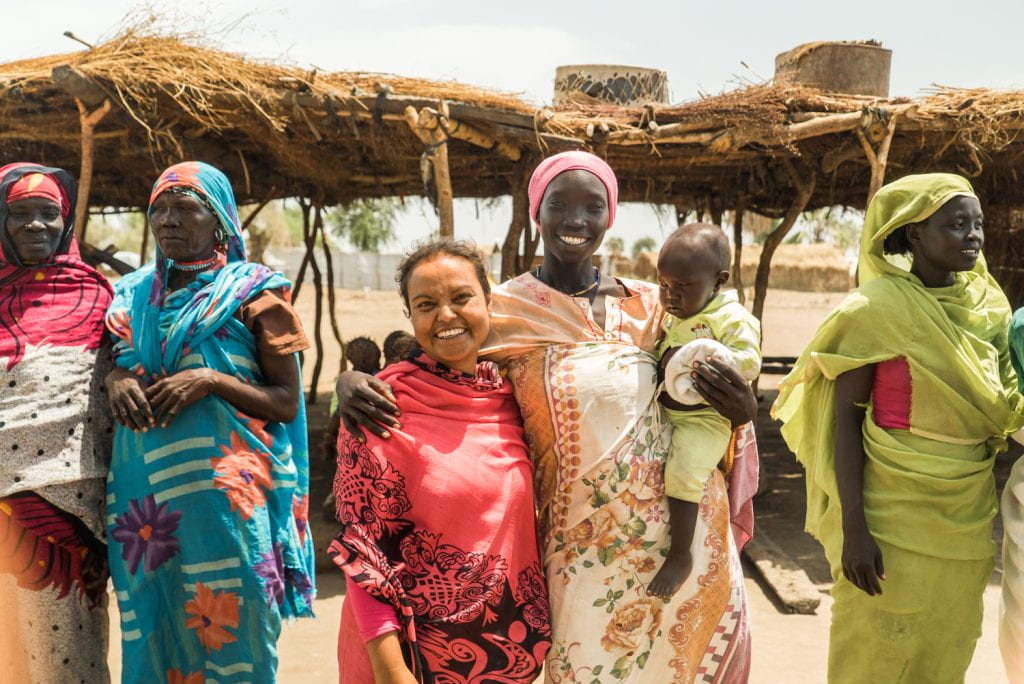
South Sudan
Founded in 2011, South Sudan is the world’s youngest country. But, in its brief history, it has faced many problems that are as old as time. Unlike other countries on this list, it looks as conditions may be improving, however. On August 6, 2018, South Sudan’s president, Salva Kiir, signed a power-sharing cease-fire agreement with the leader of his political opposition, Riek Machar. As part of this agreement, Machar would serve as one of the five vice presidents of the country. Political conflicts between the two men plunged South Sudan into civil war in 2013. Machar once served as Kiir’s deputy but fled the country after a dispute between the men. The two men agreed to end their dispute in 2015, but it ended in 2016 when Machar return to the country’s capital, Juba.
These personal disputes erupted into a country-wide civil war that has killed thousands of residents of South Sudan and displaced almost two million more. The political conflict and its resultant disruptions, massive displacement, economic problems, flooding, dry spells, and pests all contributed to famine conditions in 2017. According to the international initiative the IPC (the Integrated Food Security Phase Classification), “5.3 million people required food assistance” in South Sudan in January 2018, “up 40 percent from the same time last year.” The initiative attributed these food-related problems to “widespread conflict [that] continues to displace communities, disrupt livelihood activities and impede humanitarian access to vulnerable populations.” But, if the truce between Kiir and Machar holds, it could spell an end to this calamitous conflict. Perhaps it will allow people to return to their homes and grow and obtain food, reversing the food insecurity and other problems that this new nation has faced.
North Korea
Food insecurity and malnutrition have been common occurrences for decades in North Korea, another country also experiencing political troubles. The oppressive and secretive nature of the country’s government has made it difficult to determine the extent of North Korea’s many problems. But, the estimates are devastating. For example, experts believe that a famine in the country in the 1990s killed up to three million people. North Korea’s mountainous terrain and cold climate have always made agriculture difficult, and the country no longer received agricultural aid from the Soviet Union after the latter country collapsed in the early 1990s, which made farming even more difficult.
The North Korean government claims that a lack of aid from other countries continues to hurt the country. Many countries have imposed sanctions on North Korea for developing a nuclear weapons program. The countries imposing the sanctions have claimed that they did not place sanctions on food but on other goods. But, even these sanctions threaten the livelihoods of many North Koreans. If the North Koreans cannot earn enough money, they cannot earn enough to feed themselves and their families. The results have been heart-wrenching. “[H]unger remains a way of life” in North Korea, wrote Dr. Kee B. Park in a December 2017 article in the New York Times. “Forty-one percent of North Koreans, about 10.5 million people, are undernourished, and 28 percent of children under 5 years old have stunted growth. When my 4-year-old daughter visited [North Korean capital] Pyongyang in 2013, she, all of three feet, towered over children twice her age.” Park vividly explains how hunger creates immediate problems and future ones. Not having food creates insecurity that can last a lifetime. It can create physical and emotional problems that persist long after people receive adequate food if they ever receive adequate food.
What Are People Doing About Hunger-Related Issues?
Different governments are pitching in to tackle famine. The government of United States president Donald Trump pledged to donate more than $1 billion since November 2017 alone. Still, relief workers say that the governments of other countries can do more. That is if the governments even know about such problems in the first place. Relief workers say that people do not know that famine exists in many places. They say that Trump’s administration has been helpful in its humanitarian efforts. But, on the other hand, they also say that publicity surrounding Trump and the activities of his administration has overshadowed people’s knowledge about other things, including famine and food insecurity in different parts of the world. Food insecurity is also tied to political insecurity. It is no coincidence that many of the countries on this list have experienced war or other forms of political instability in addition to food problems. Many experts believe hunger and war are often inextricably linked. According to Cormac Ó Gráda, “The hope for a famine-free world depends on improved governance and on peace. It is as simple – and as difficult – is that.”
Nicole Allen is a freelance writer and educator based in the United States. She believes that her writing is an extension of her career as a tutor since they both encourage learning and discussing new things. Her degrees in creative writing, education, and psychology help her understand her target audience and how to reach them in creative and educational ways. She has written about fitness and health, substance abuse and treatment, personal finance and economics, parenting, relationships, higher education, careers, travel, and many other topics, sometimes in the same piece. When she isn’t writing, you might find Nicole running, hiking, and swimming. She has participated in several 10K races and hopes to compete in a marathon one day. A longtime volunteer at animal shelters, Nicole is a passionate supporter of organizations that help animals. She also enjoys spending time with the dogs and cats in her life and spoiling them rotten.
Pamela Zuber is a writer and an editor who has written about human rights, health and wellness, business, and gender.
